"Importantly, however, Russell and Burch also maintain that there is a convergence of high-quality research and the use of the 3Rs to minimize inhumanity [emphasis added]. They proclaim that "it is widely recognized that the humanest possible treatment of experimental animals, far from being an obstacle, is actually a prerequisite for successful animal experiments...the intimate relationship between humanity and efficiency in experimentation will recur constantly as a major theme in the present book". Many discussions in the Principles seek to demonstrate that experiments achieve better scientific results when animals experience no distress or the least possible distress consistent with experimental aims. By "efficiency," Russell and Burch also mean generating maximum scientific or medical results from expenditures of monetary and animal resources, facilities, and personnel. They maintain that such resources are often wasted, or do not achieve the best results, when animals suffer distress unnecessarily2."
 Key Takeaways
Key Takeaways

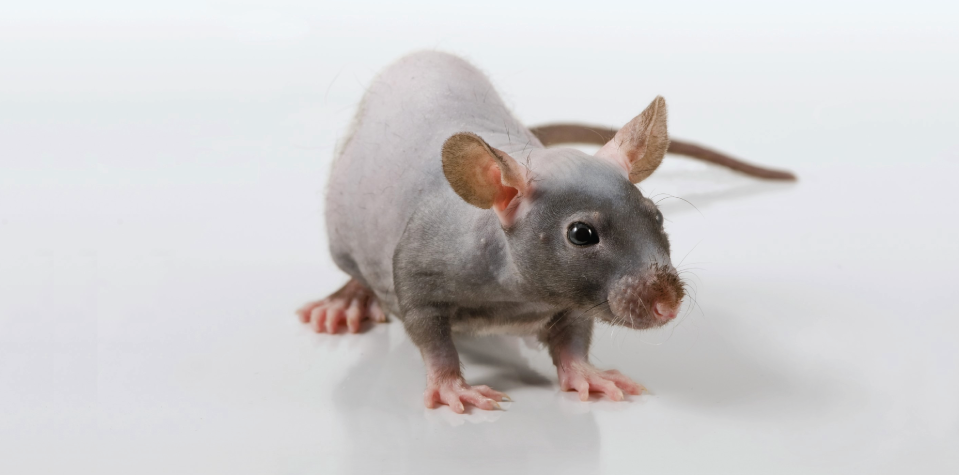
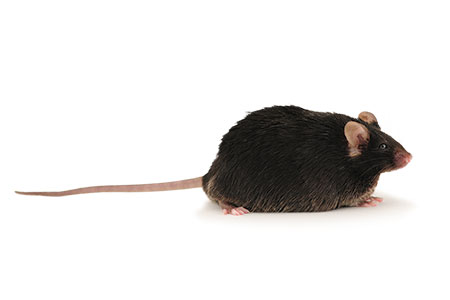
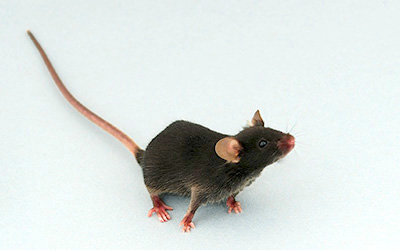
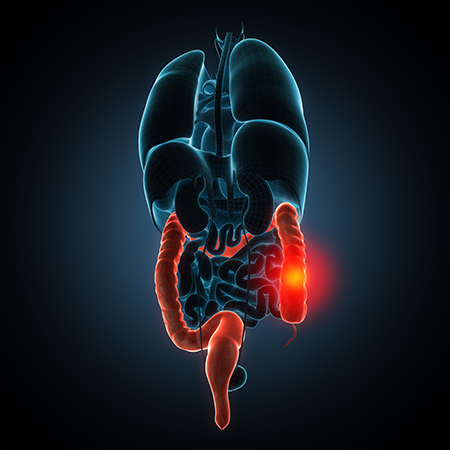




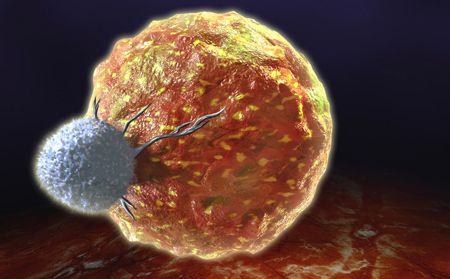

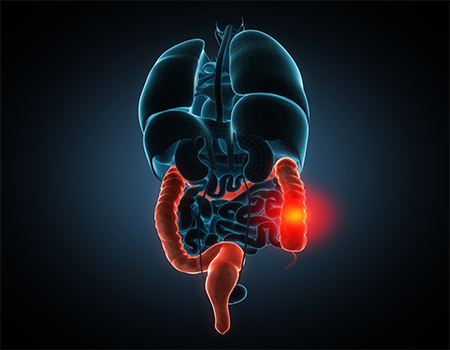
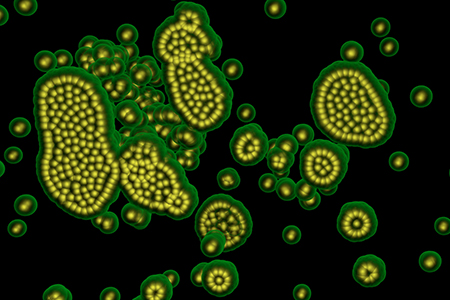

.jpg)

.jpg)
.jpg)
.jpg)
.jpg)





.jpg)


.jpg)
.jpg)

.jpg)


.jpg)





.jpg)

.jpg)








